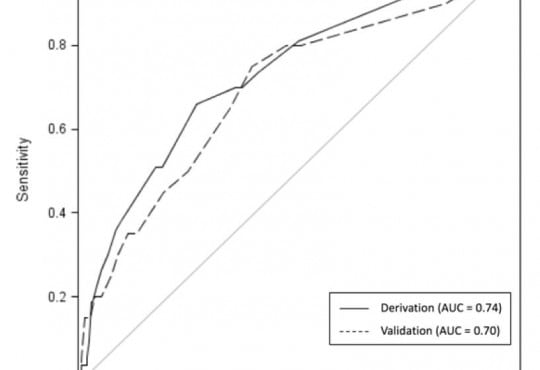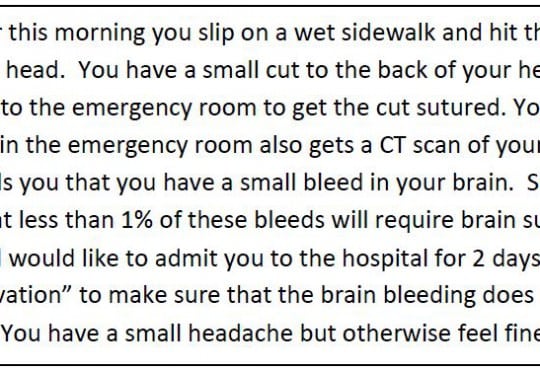Archives
Patient Communication
The Need for More Prehospital Research on Language Barriers: A Narrative Review
Westjem Read More
Patient Communication
Death Notification in the Emergency Department: Survivors and Physicians
WestJEM Read More
Patient Communication




